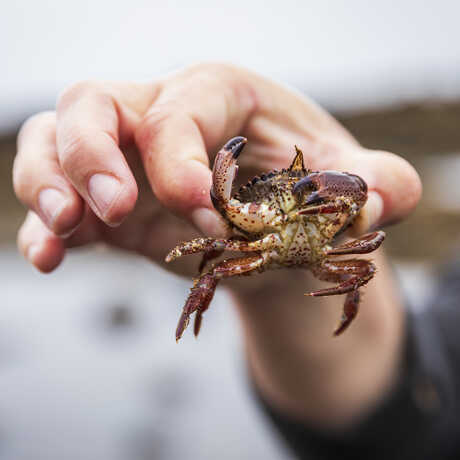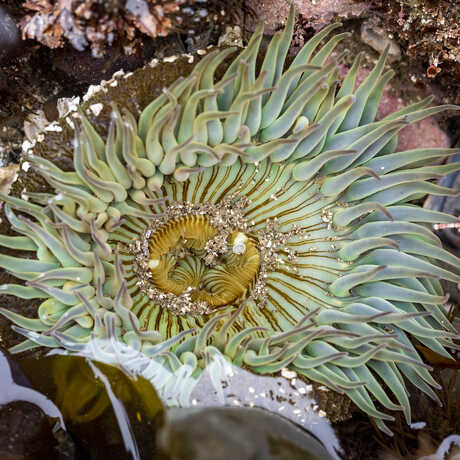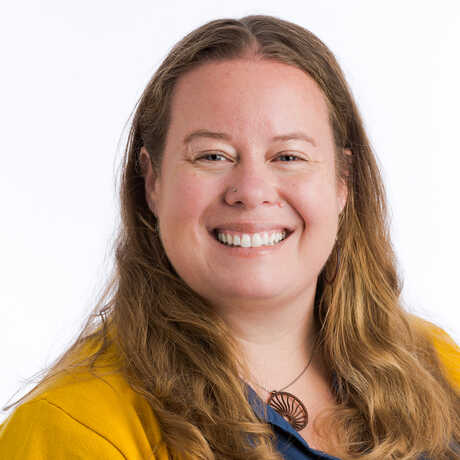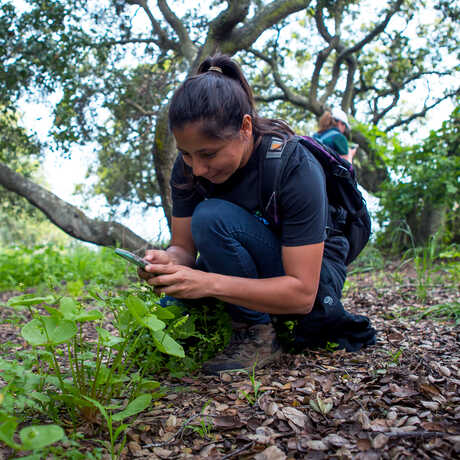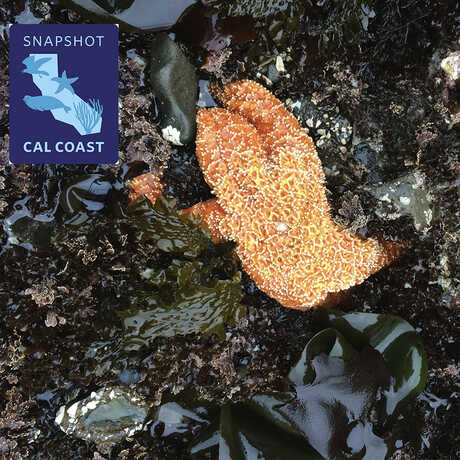When Center for Biodiversity and Community Science Co-Director Alison Young isn’t exploring tidepools for work, she’s probably exploring tidepools for fun.
Like many Bay Area natives, Young grew up with plenty of access to the outdoors. She quickly found comfort in nature as a Girl Scout exploring the Bay Area’s wide variety of ecosystems. Her career as a naturalist arguably began in the sixth grade during a week-long class trip to an outdoor school in the Santa Cruz Mountains, part of a statewide network of immersive environmental learning programs. After five days of hiking through redwood forests, scrambling across slippery tidepools, and scouring estuaries for signs of wildlife, Young found a deep appreciation for California’s biodiversity—and for sharing it with others. She returned to that same outdoor school as a volunteer counselor throughout high school and college.
Young originally attended Swarthmore College in Pennsylvania as an English major, but she switched to the biology track after just one semester in an introductory animal behavior and ecology course. “Once I realized that science was also about being outdoors and not just in a lab, I decided I would make a career out of it,” Young recalls.
With a degree in biology and a keenness to spend more time in nature, Young returned to California and spent six years as an environmental educator at various outdoor schools in the Santa Cruz Mountains. Every week, she led a new batch of visiting fifth and sixth graders through old-growth redwood forests, oak woodlands, and coastal marshes, tidepools, and beaches. The program’s curriculum was broad: basic ecology to better understand how various ecosystems functioned; gardening and composting to more closely connect with the land; solo hikes and night hikes to boost confidence and comfort in nature. “When the kids look back on this experience, they may not remember specific nutrient cycles of the forest,” Young says. “But my hope is that they remember the feeling of spending time outdoors and connecting with nature.”

